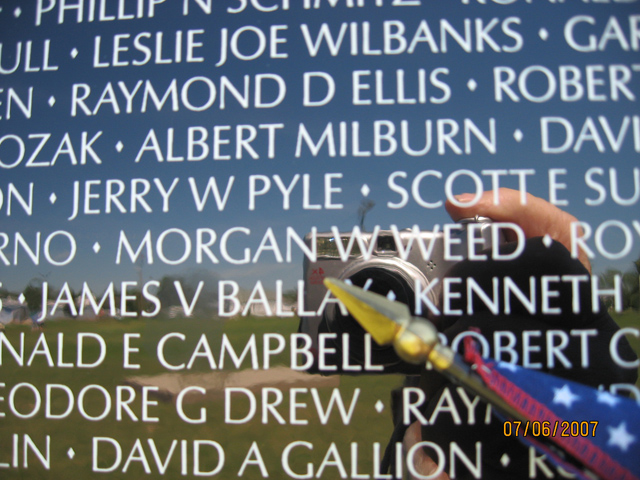Ceremonial Advisory Group Formed
Other authors revised the early ceremonies in the late 1940s just prior to the Order of the Arrow becoming an official program of the Boy Scouts of America. By the 1950s and early 1960s however, the OA initiation had, to a large degree nationally, deteriorated into a haphazardly conducted formality, all too frequently characterized by hazing and other activities inconsistent with not only the Order’s principles, but also the core tenants of the Scout Oath and Law.
Raymond C. Petit, a new member of the Ump Quah Lodge in Washington state was so keenly motivated by his poor experience of his own induction into the OA that he formed the Ump Quah Ceremonial Improvement Program – the beginnings of what would become ten years later, the CAG. When Ray went to college at MIT, he brought his Ceremonial Improvement Program ideas with him, many of which became a part of an Alpha Phi Omega service project, resulting in numerous publications designed to improve the individual candidate’s experience of the Ordeal, Brotherhood and Vigil Honor ceremonies.
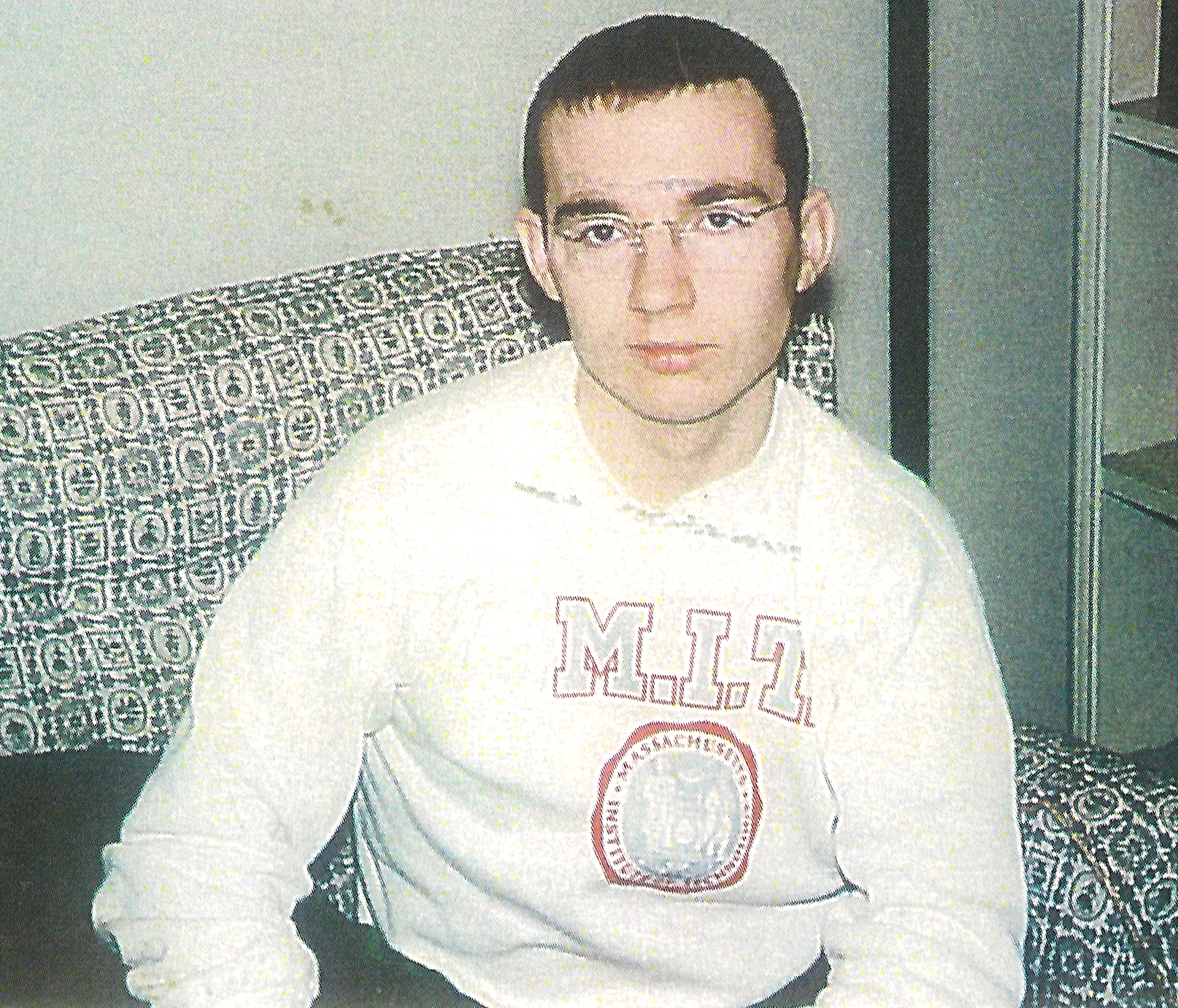
On June 21, 1969 the National OA Committee, at the urging of future chairman Dr. Carl Marchetti, formed the “MIT boys” into an official advisory group.
Most of the core CAG members were college-aged, and went on to earn advanced degrees, including Jay Dunbar, PhD; Roger Billica, MD (and CMO of NASA); Kemp Cease, MD; Joseph Buchman, PhD; Matt Fisher, PhD; David Mest, PhD, others pursued studies in the Catholic Priesthood, served missions for the LDS Church, in computer science invention and applications, or have achieved similar academic success in their chosen fields.
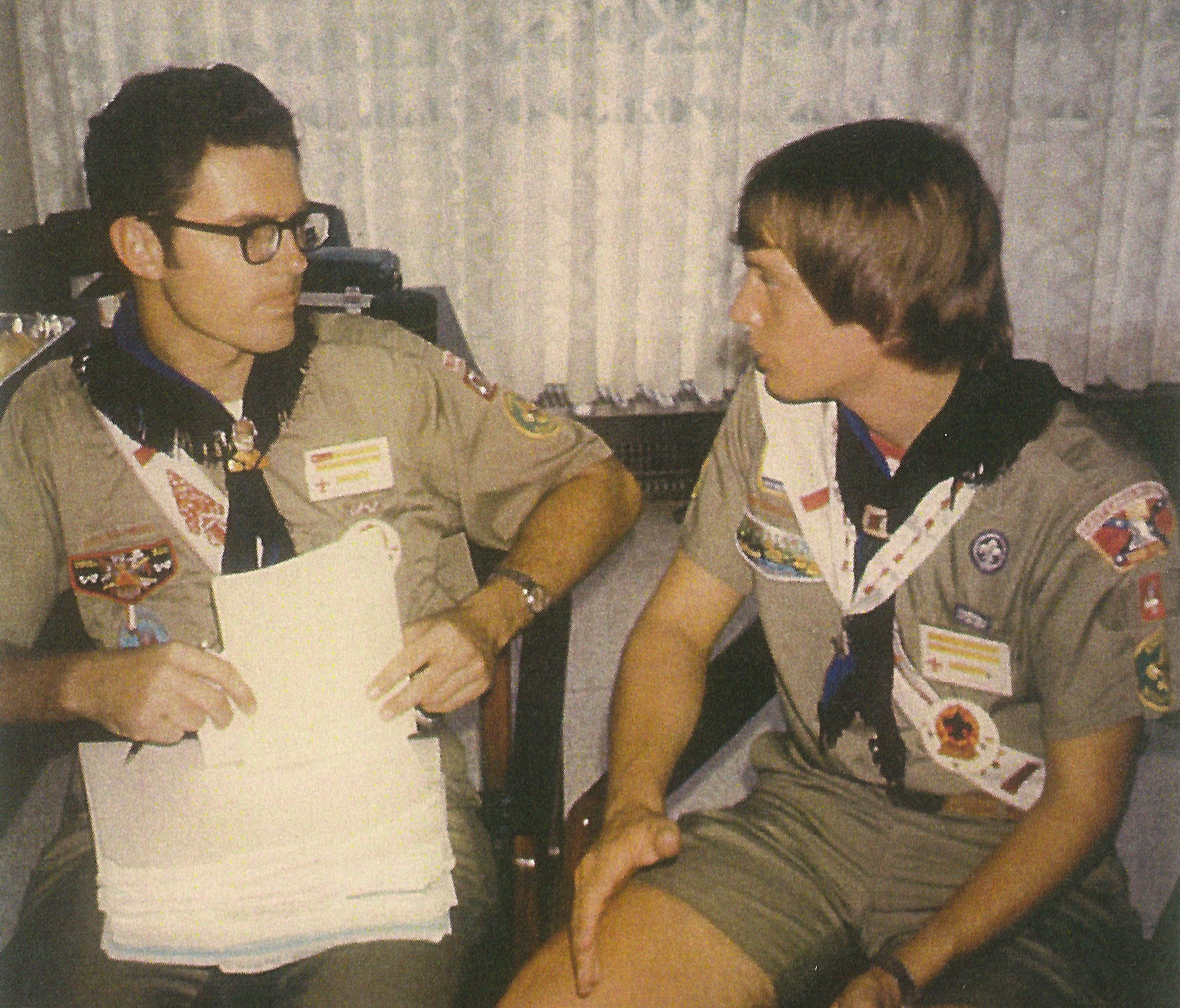
The CAG disbanded following the 1992 NOAC, but many of its members have remained individually active in NOAC training, literature development and in local lodges as ceremonial team coaches and advisors.
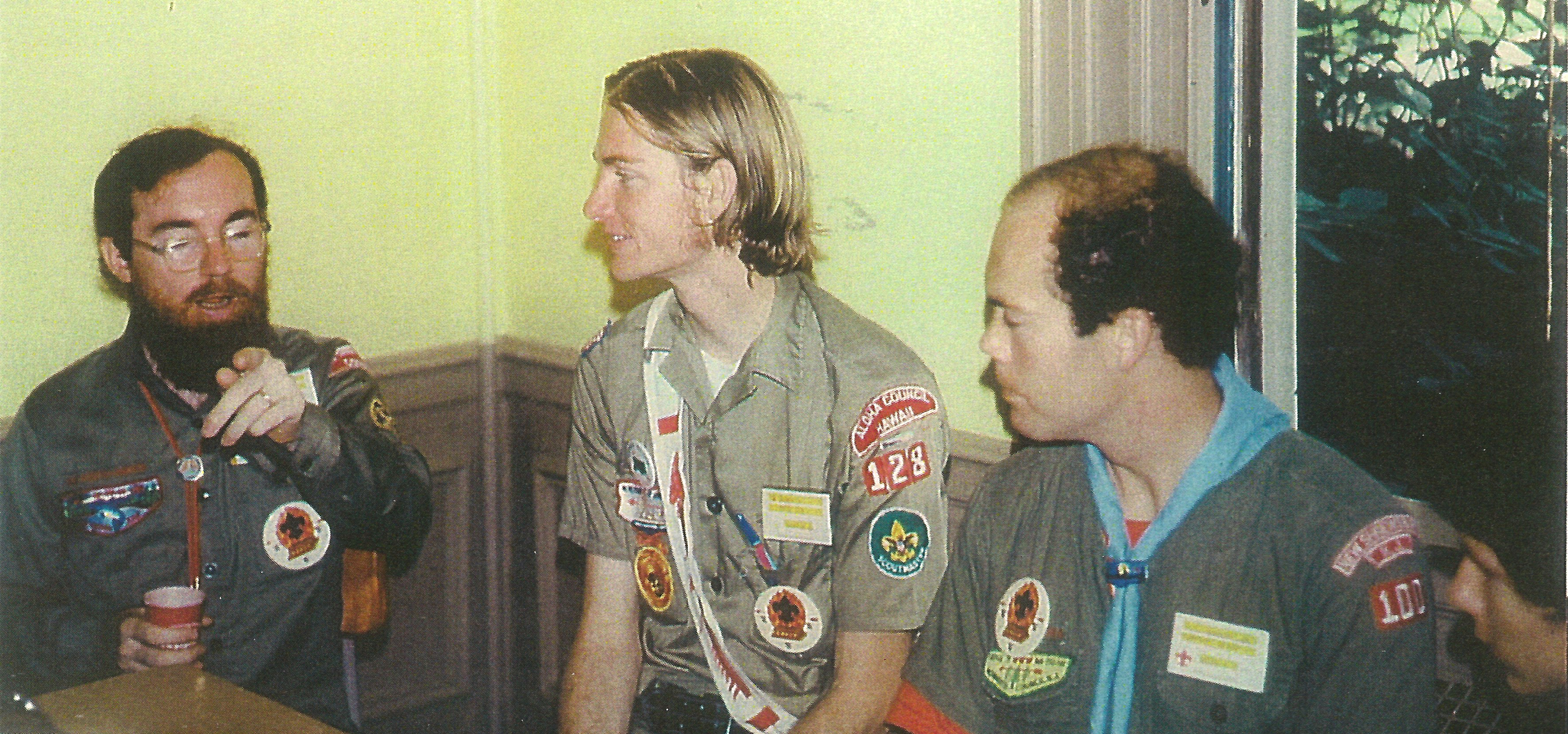
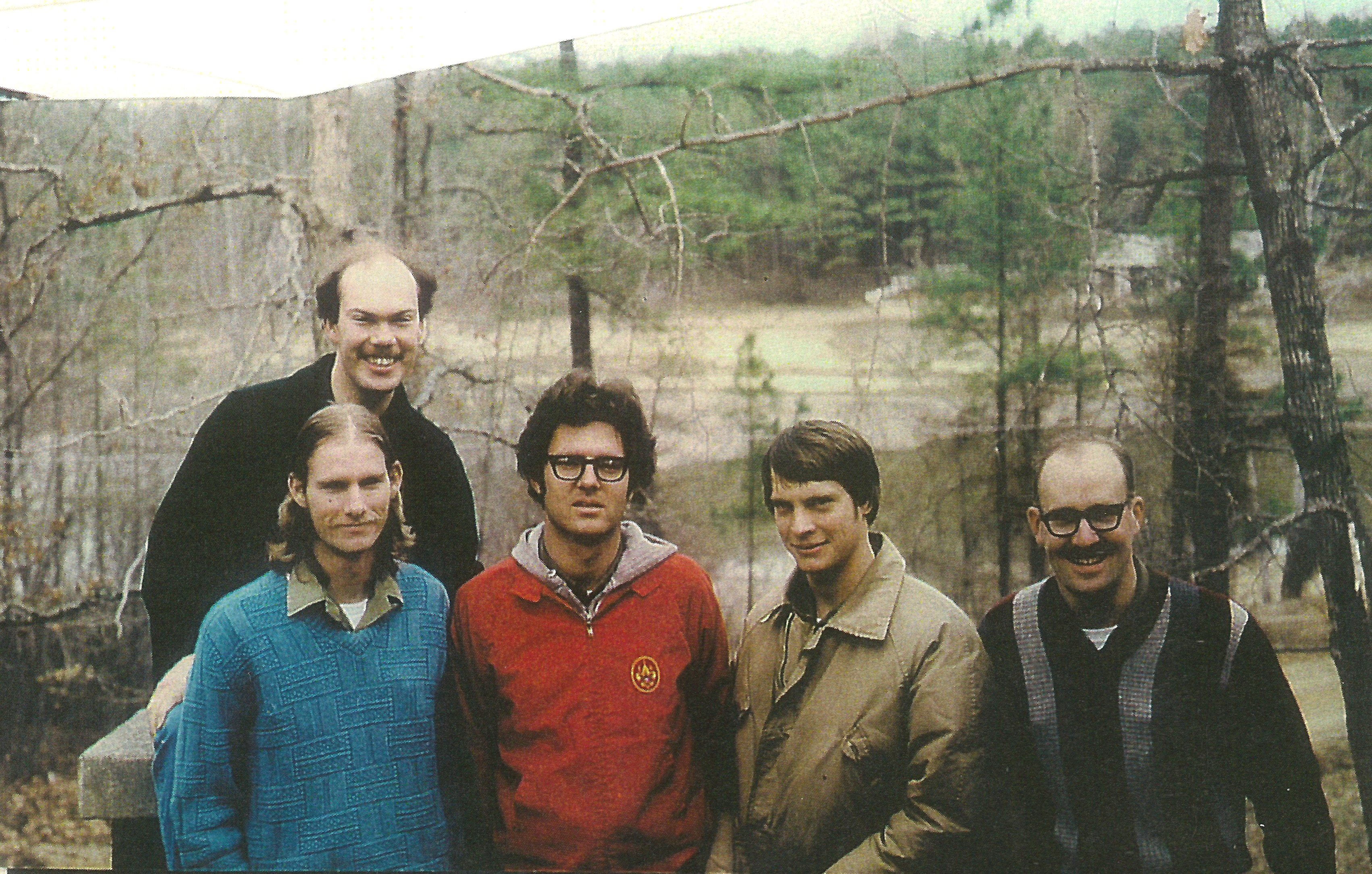
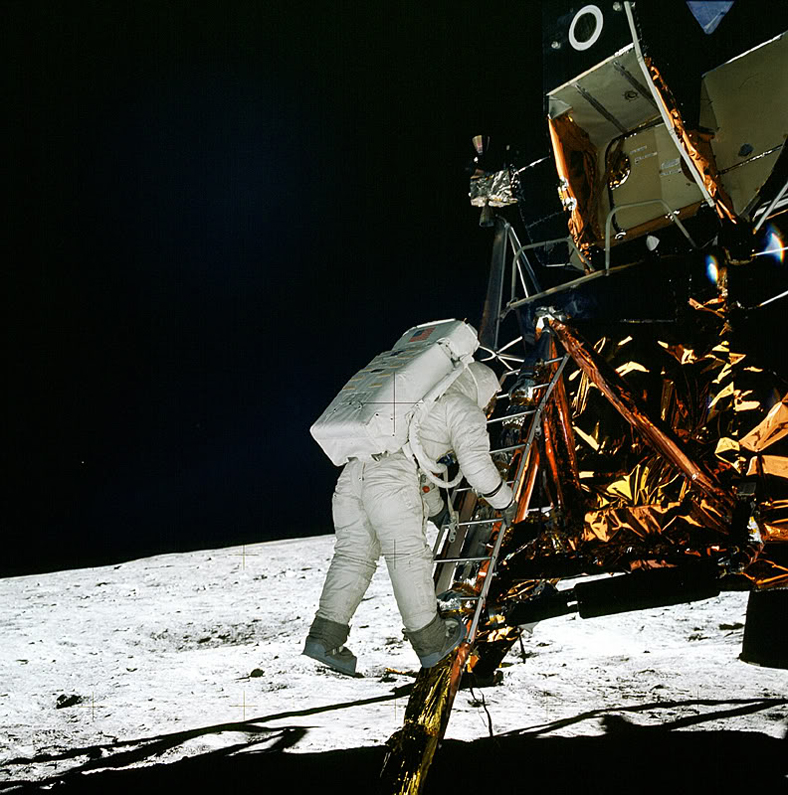
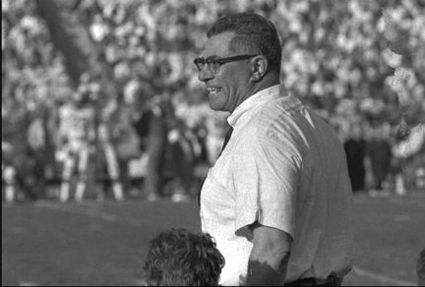
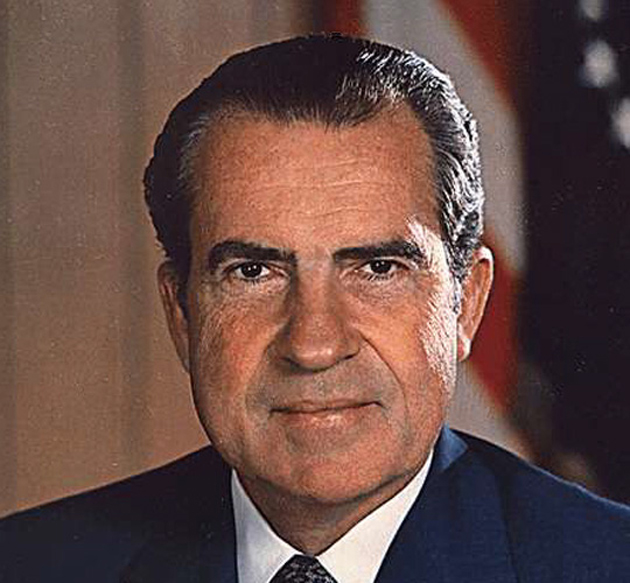 Our 37th President was a former Vice President, Lawyer, U.S. Representative, and Naval Officer (Lieutenant Commander) in World War II. He was re-elected in 1972 in one of the largest landslide victories in U.S. history, but the Watergate Scandal marred his second term and Nixon became the only President to be forced to resign from office in disgrace or face certain impeachment and expulsion. Richard Nixon was present for two
Our 37th President was a former Vice President, Lawyer, U.S. Representative, and Naval Officer (Lieutenant Commander) in World War II. He was re-elected in 1972 in one of the largest landslide victories in U.S. history, but the Watergate Scandal marred his second term and Nixon became the only President to be forced to resign from office in disgrace or face certain impeachment and expulsion. Richard Nixon was present for two  On August 28, 1963 on the steps of the Lincoln Memorial in Washington, D.C. Dr. Martin Luther King, Jr. delivered one of the most iconic speeches of the twentieth century, entitled “I Have a Dream,” as a part of the civil rights movement’s march on Washington for Rights and Freedom.
On August 28, 1963 on the steps of the Lincoln Memorial in Washington, D.C. Dr. Martin Luther King, Jr. delivered one of the most iconic speeches of the twentieth century, entitled “I Have a Dream,” as a part of the civil rights movement’s march on Washington for Rights and Freedom.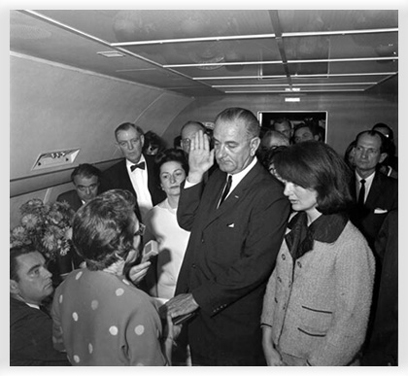 President John F. Kennedy
President John F. Kennedy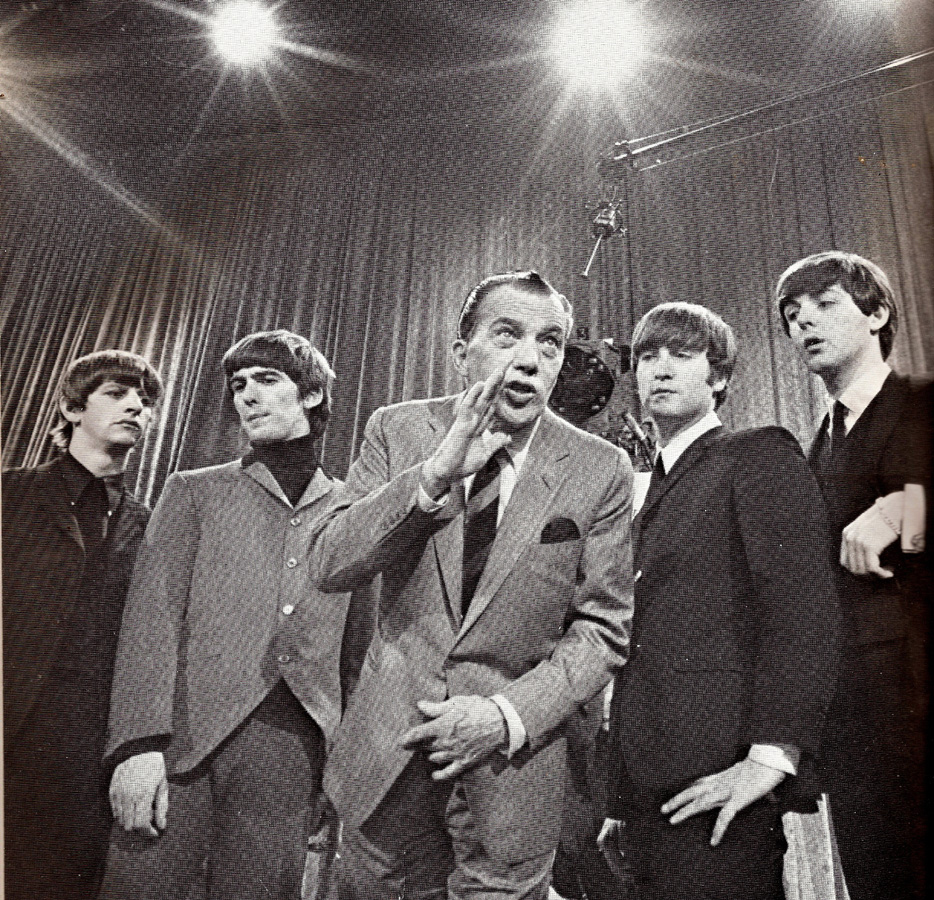 Some say that when the Beatles made their first appearance on American television on The Ed Sullivan Show on February 9, 1964, it was and remains a seminal event in the history of rock and roll music. Mass hysteria resulted wherever the Beatles appeared, thus “Beatlemania” ensued.
Some say that when the Beatles made their first appearance on American television on The Ed Sullivan Show on February 9, 1964, it was and remains a seminal event in the history of rock and roll music. Mass hysteria resulted wherever the Beatles appeared, thus “Beatlemania” ensued.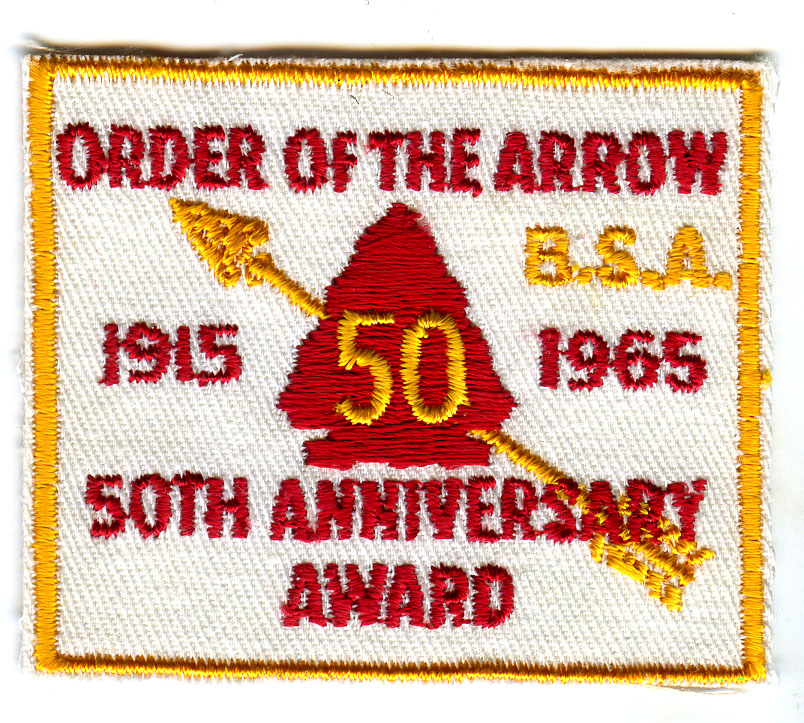 The Order of the Arrow (OA) celebrated its
The Order of the Arrow (OA) celebrated its 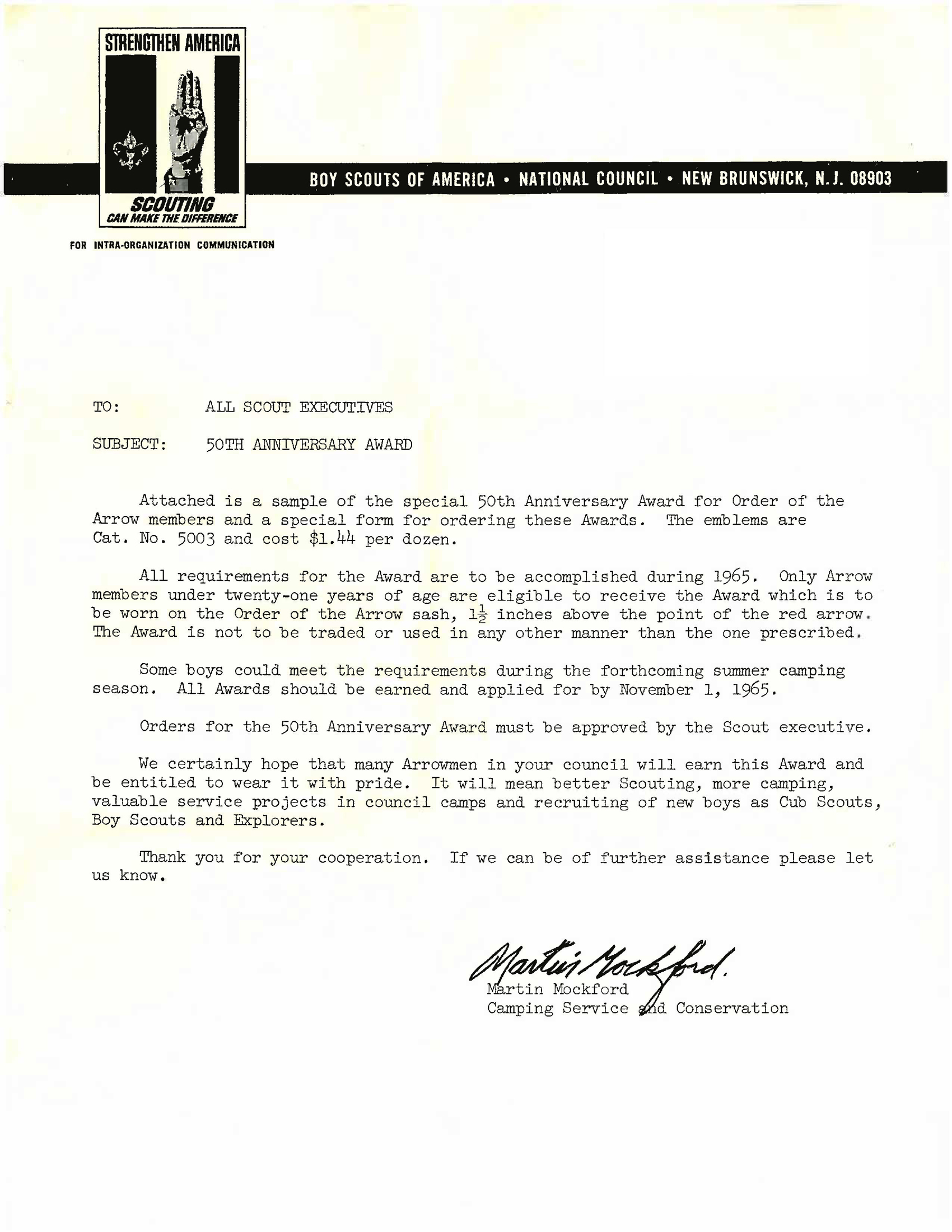 o recognize individual service, a 50th Anniversary Award was created for each Arrowman under twenty-one years of age who fulfilled specific requirements during the 1965 calendar year. These requirements were outlined on an official scorecard, and were to be completed and signed off by the Arrowman’s unit leader and lodge adviser prior to November 1. They included such things as active interest in the lodge and unit; attendance at summer camp; participation in an OA service project; rank advancement; and new member recruitment. There were 26,576 successful Arrowmen who received a special 50th Anniversary Award, and this cloth emblem was to be worn in the designated location on the Arrowman’s sash.
o recognize individual service, a 50th Anniversary Award was created for each Arrowman under twenty-one years of age who fulfilled specific requirements during the 1965 calendar year. These requirements were outlined on an official scorecard, and were to be completed and signed off by the Arrowman’s unit leader and lodge adviser prior to November 1. They included such things as active interest in the lodge and unit; attendance at summer camp; participation in an OA service project; rank advancement; and new member recruitment. There were 26,576 successful Arrowmen who received a special 50th Anniversary Award, and this cloth emblem was to be worn in the designated location on the Arrowman’s sash.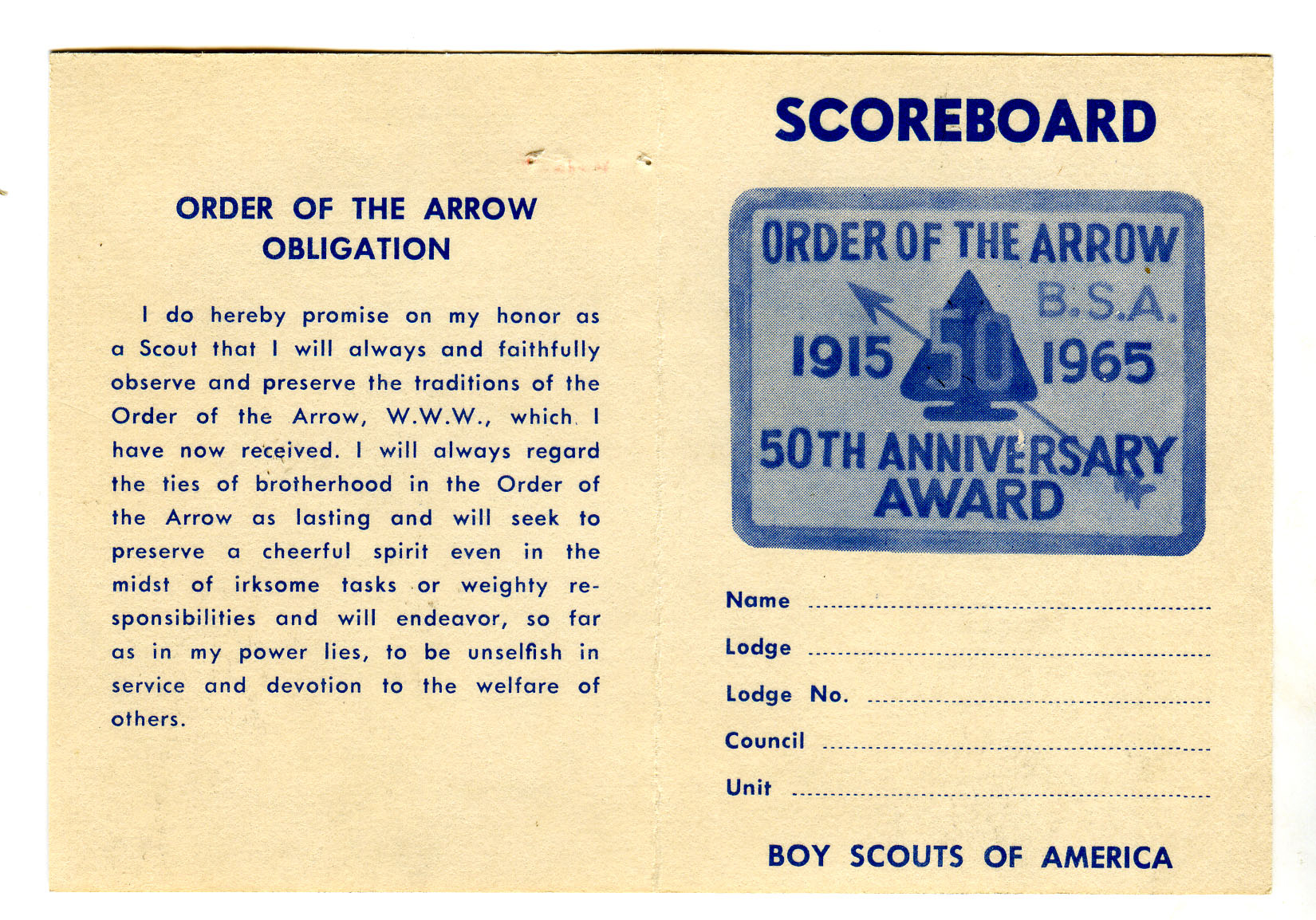 .
.
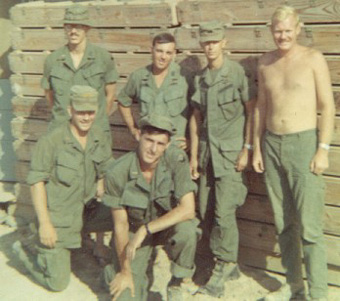 From 1957 to 1965, the war was mainly a struggle between the South Vietnamese army and Communist-trained North Vietnamese rebels known as the Viet Cong. During this time, the U.S. provided military advisors and China and the Soviet Union supported the Vietnamese Communists with war materials but not troops. The first U.S. combat troops entered Vietnam in March 1965 and most of the fighting was between North Vietnam and the United States. By 1969, the Vietnam War seemed endless, and the United States slowly began to withdraw troops.
From 1957 to 1965, the war was mainly a struggle between the South Vietnamese army and Communist-trained North Vietnamese rebels known as the Viet Cong. During this time, the U.S. provided military advisors and China and the Soviet Union supported the Vietnamese Communists with war materials but not troops. The first U.S. combat troops entered Vietnam in March 1965 and most of the fighting was between North Vietnam and the United States. By 1969, the Vietnam War seemed endless, and the United States slowly began to withdraw troops.